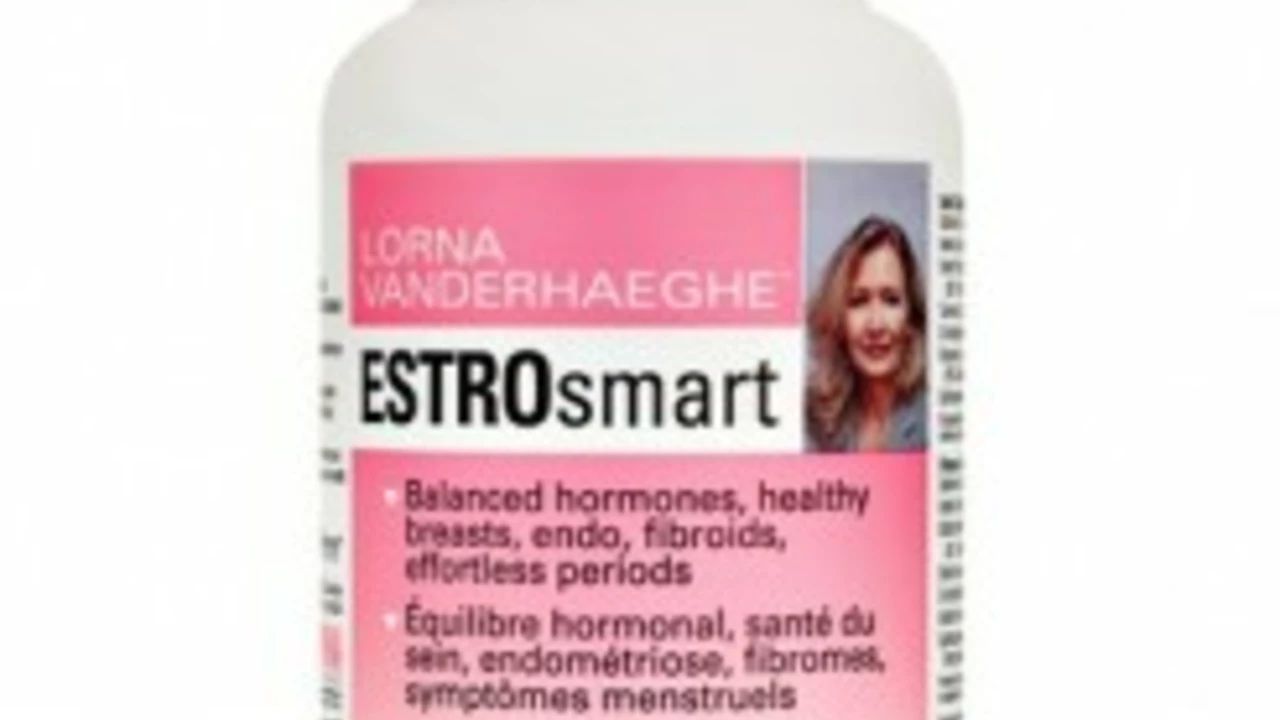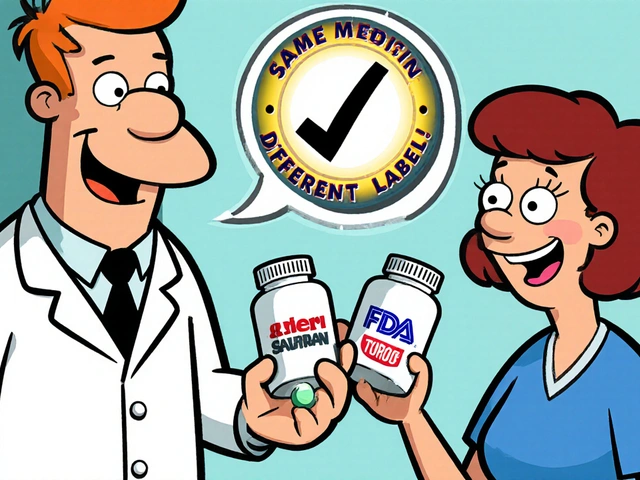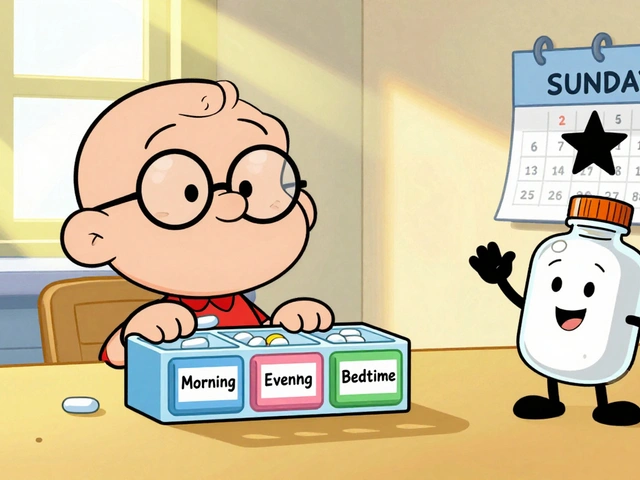Hormone Therapy: What to Know Before You Start
Thinking about hormone therapy? Good — but you deserve straight answers, not confusing medical-speak. Hormone therapy (HRT for women, TRT for men) can relieve symptoms like hot flashes, low libido, fatigue, and bone loss. It can also cause side effects. This page gives practical facts so you can ask better questions at your next doctor visit.
How hormone therapy works and who may benefit
Hormones tell your body how to run systems like metabolism, mood, and bone strength. When levels drop — after menopause, with certain illnesses, or due to low testosterone — replacing hormones can bring real relief. Women often use estrogen or combined estrogen-progestin for menopause symptoms and to protect bone density. Men with low testosterone may try testosterone gels, patches, or injections to improve energy, muscle, and libido.
Not everyone should use hormone therapy. People with a history of certain cancers, blood clots, or uncontrolled heart disease need careful evaluation. Age matters too: benefits and risks change depending on when therapy starts. Talk openly with your clinician about your medical history and personal goals.
Forms, risks, and practical tips
Hormones come as pills, skin patches, gels, injections, and implants. Patches and gels avoid first-pass liver effects that pills have; injections and implants give longer-lasting dosing. Side effects vary by drug and dose — think breast tenderness, mood changes, fluid retention, or acne with testosterone. Serious risks can include blood clots, stroke, or changes in cancer risk depending on the type of therapy.
Monitoring matters. Expect baseline tests (blood counts, liver, lipids) and follow-up hormone levels. For women on estrogen, your doctor may recommend regular breast checks and bone density testing. Men on testosterone should have periodic PSA and hematocrit checks to catch issues early.
Want to reduce risk? Use the lowest effective dose for the shortest time that meets your goals. Combine treatment with non-drug measures: exercise, calcium and vitamin D for bones, sleep hygiene, and stress management. If you use supplements or herbal products, tell your clinician — things like St. John’s wort and some supplements can interfere with prescriptions.
Choosing a provider makes a difference. Look for someone who will review your full health picture, explain alternatives, and set measurable targets (better sleep, fewer hot flashes, improved lab numbers). If your provider pushes a one-size-fits-all plan or avoids follow-up testing, get a second opinion.
Quick checklist for your visit: list symptoms and when they started, bring current meds and supplements, ask about benefits vs risks for your age, ask which form fits your lifestyle, and agree on a monitoring schedule. Small steps — clear goals, proper tests, and routine follow-up — give you the best chance of benefit while keeping risks low.
Hormone therapy can help a lot of people, but it’s not magic. Ask specific questions, track how you feel, and insist on regular monitoring. If anything feels off, speak up right away. That keeps treatment useful and safe.




